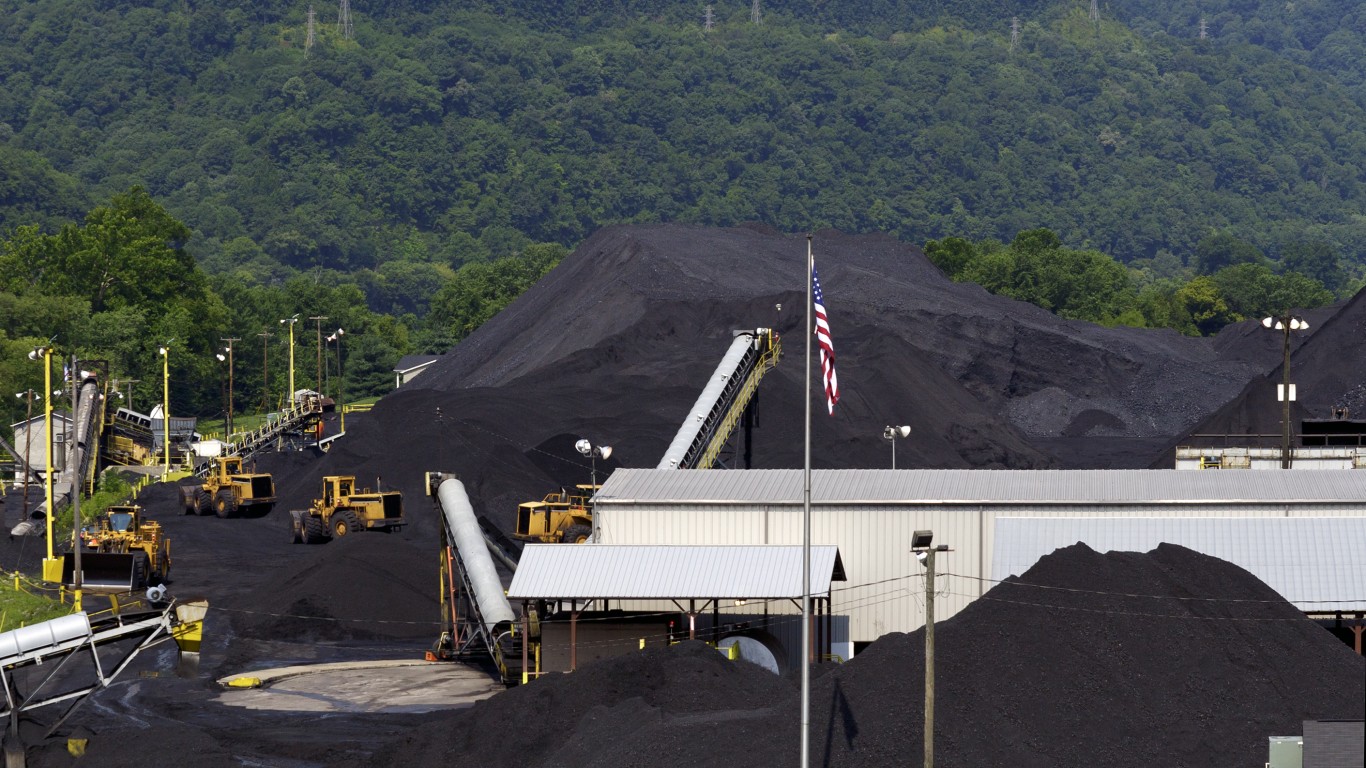The price of a barrel of West Texas Intermediate (WTI) crude oil posted its all-time high of $147.27 on Friday, July 11, 2008. Tuesday morning, the price dropped to an intra-day low of $75.84, virtually half the price it hit just a little more than six years ago.
The really bad news that day was that many people did not believe that the price run was over. An analyst at Goldman Sachs had predicted in May that we’d get a “super spike” to $200 a barrel. Oilman T. Boone Pickens predicted oil would reach $150 a barrel by the end of 2008.
Then the financial crisis hit, and by December WTI had fallen back all the way to around $30 a barrel. WTI did not top $100 a barrel again until late February of 2011.
In 2008, demand for oil was through the roof and supply was struggling to keep up. China and other emerging markets were booming, U.S. consumption was near its peak, and there were no indications that the spiral would stop without an intervention from the Federal Reserve to boost interest rates as a way to forestall inflation.
U.S. oil producers then turned to a new technology that had transformed the natural gas business in the country — hydraulic fracturing, or fracking. By 2010, just three years after pundits had predicted the inevitable decline of U.S. onshore oil production, crude oil production had reached a low 4.5 million barrels a day. By late 2013, fracking had boosted that total to 7.5 million barrels a day.
Producers were not the only ones to make a change. Automakers, too, have helped drive down the cost of oil by making cars more fuel efficient. In July of 2008, the sales-weighted unadjusted Corporate Average Fuel Economy (CAFE) rating of the U.S. fleet was 26.1 miles per gallon. By August of this year, that number had risen to 30.7 miles per gallon.
U.S. drivers also cut down on their miles driven, from a peak of about 3.04 trillion miles driven on a moving 12-month average in November of 2007, the total has fallen to about 2.98 trillion miles. That 2% cut is the result of both a change in consumers’ habits caused by the severe recession and more fuel-efficient cars.
It took crude oil just one year to rise from $75.74 a barrel in July of 2007 to $147.27 in July of 2008. WTI prices are now where they were more than seven years ago and could fall further. And no one is predicting $200 a barrel crude any time soon.
ALSO READ: Can You Still Trust Stocks With 10% Dividend Yields?
The #1 Thing to Do Before You Claim Social Security (Sponsor)
Choosing the right (or wrong) time to claim Social Security can dramatically change your retirement. So, before making one of the biggest decisions of your financial life, it’s a smart idea to get an extra set of eyes on your complete financial situation.
A financial advisor can help you decide the right Social Security option for you and your family. Finding a qualified financial advisor doesn’t have to be hard. SmartAsset’s free tool matches you with up to three financial advisors who serve your area, and you can interview your advisor matches at no cost to decide which one is right for you.
Click here to match with up to 3 financial pros who would be excited to help you optimize your Social Security outcomes.
Have questions about retirement or personal finance? Email us at [email protected]!
By emailing your questions to 24/7 Wall St., you agree to have them published anonymously on a673b.bigscoots-temp.com.
By submitting your story, you understand and agree that we may use your story, or versions of it, in all media and platforms, including via third parties.
Thank you for reading! Have some feedback for us?
Contact the 24/7 Wall St. editorial team.



